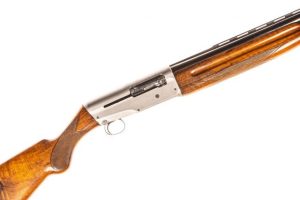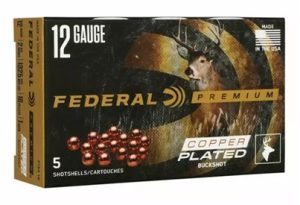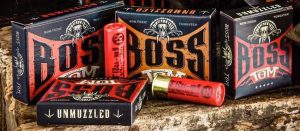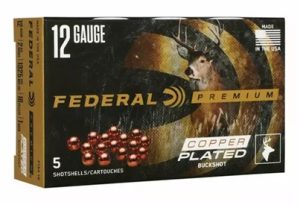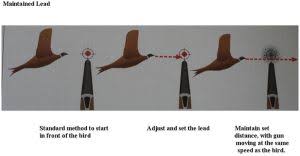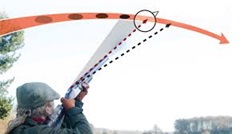Plated shotshells are coated with a thin layer of metal, typically copper or nickel, which offers a range of advantages over traditional lead shotshells. Plated shotshells have a distinct advantage over traditional lead shotshells due to their increased hardness and uniformity. The plating process ensures that each shot pellet is coated evenly, resulting in a more consistent pattern and improved accuracy. Additionally, the hard metal coating helps to maintain the shape of the pellets during firing, reducing deformation and improving penetration on targets.
Furthermore, plated shotshells are environmentally friendly as they eliminate the risk of lead contamination in the environment. Lead shot has been a major concern for wildlife and water sources, making plated shotshells a more sustainable and responsible choice for shooters. The use of plated shot also reduces the risk of exposure to lead for shooters, further enhancing the safety of using these shells.

Enhanced Performance and Accuracy
The uniformity and hardness of plated shotshells contribute to enhanced performance and accuracy on the shooting range. The consistent shape and weight of the pellets ensure a tighter shot pattern, resulting in more hits on target and increased success in hunting or competitive shooting. The increased hardness of the plated pellets also allows for better penetration, making them ideal for shooting at longer distances.
Moreover, plated shotshells are less prone to deformation or damage during loading and firing, ensuring reliable performance shot after shot. The durability of the metal coating extends the lifespan of the shells, making them a cost-effective choice for shooters who value longevity and consistency in their ammunition. Overall, the enhanced performance and accuracy of plated shotshells make them a top choice for serious shooters.

Long-lasting Durability and Reliability
One of the key advantages of plated shotshells is their long-lasting durability and reliability in various shooting conditions. The metal coating provides a protective barrier against corrosion and abrasion, ensuring that the shells remain in optimal condition even after prolonged storage or exposure to harsh elements. This durability makes plated shotshells a reliable choice for shooters who demand consistency and performance in all shooting situations.
Additionally, the reliability of plated shotshells translates to improved cycling in semi-automatic and pump-action shotguns, reducing the risk of jams or malfunctions during shooting sessions. The hard metal coating also minimizes fouling in the barrel, resulting in easier cleaning and maintenance of the firearm. The combination of durability and reliability makes plated shotshells a smart investment for shooters who prioritize performance and longevity in their ammunition.

Here are the key advantages:
1. Harder, More Uniform Shot
Plating adds surface hardness to each pellet, helping it resist deformation during ignition and acceleration.
Rounder pellets stay round longer
Tighter, more consistent patterns
Less “flyer” shot leaving the main pattern
This is a major reason plated shells shine at longer ranges.
2. Improved Pattern Density
Because the pellets deform less and fly straighter:
This is noticeable with choked guns and well-fitted shotguns.
3. Better Penetration
Plated shot penetrates better than soft lead because:
This is why nickel-plated shot is favored for pheasant, late-season birds, and longer-feathered game.
4. Reduced Barrel and Choke Fouling
The plating acts as a barrier between lead and steel:
This is particularly helpful in tight chokes or high-volume shooting.
5. Cleaner Pellet Separation
Plated shot tends to work very well with modern wads:
Cleaner release from the wad
More predictable shot string
Better downrange performance
6. Extended Effective Range
All of the above combine to:
Many hunters see real benefits beyond 35–40 yards.
Potential Trade-Offs
Cost: Plated shells are more expensive
Not always needed: At close ranges, plain lead performs similarly
Choke selection matters: They often pattern tighter—sometimes requiring a more open choke
Plated shotshells can offer a range of advantages that make them a superior choice for shooters seeking enhanced performance, accuracy, durability, and reliability in their ammunition. The metal coating provides a protective barrier against deformation, corrosion, and environmental contamination, making plated shotshells a responsible and sustainable option for environmentally conscious shooters. Whether you are hunting game or competing in shooting sports, plated shotshells are a reliable and effective choice for achieving success on the range.
# # #















